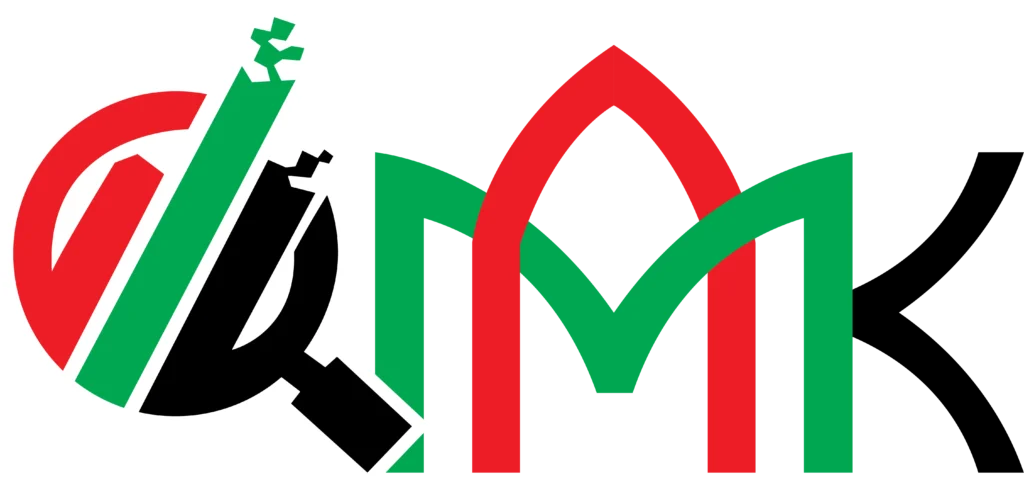Excise Tax Basics in UAE: Clear Start
The UAE government applies excise tax to selected goods. The law aims to protect health and the environment. Your company collects tax from buyers and remits tax to the FTA. Your team updates prices with the extra cost. Your customers pay the final amount at the point of sale.
What Excise Tax Means: Plain Words
Excise tax targets specific items, not all goods. The tax works with a defined product list. The tax differs from VAT and income tax. Your role includes registration, filing, and payment. Your records must support every figure in returns.
Current Excise Rates: Quick View
- Tobacco products: 100% of the excise price.
- Electronic smoking devices and liquids: 100%.
- Carbonated beverages: 50%.
- Sweetened drinks and energy drinks (including concentrates): as per FTA list (commonly 50% for carbonated; energy drinks often higher under rules).
Your team should confirm each SKU with the FTA guide. Your classification should match HS codes and product formulas.
Goods That Fall Under the Law
The law covers products that can harm health or the environment. Your catalog may include:
- Cigarettes and other tobacco items.
- E-cigarette devices and nicotine or nicotine-free liquids.
- Carbonated drinks and bases used to make aerated beverages.
- Energy drinks and certain sweetened beverages.
Your compliance team should map each item to the right category.
Who Must Register and When
A producer of excise goods must register before supply. An importer must register before customs clearance. A stockpiler may register when thresholds apply. A warehouse keeper must register if the person stores excise goods for others. Your earliest activity date should drive your registration date.
How to Register with the FTA: Step-by-Step
Step 1: Confirm your obligation.
Your finance team checks product lists, labels, and HS codes.
Step 2: Apply for a TRN.
Your company opens an FTA e-Services account and requests a Tax Registration Number.
Step 3: Complete the excise application.
Your staff enters legal names, addresses, and contact details. Your team selects the roles: producer, importer, stockpiler, or warehouse keeper.
Step 4: Upload documents.
You attach the trade license, customs code, product sheets, and proof of address. You add authorization letters for the signatory.
Step 5: Submit and respond.
You submit the form. You track status on the dashboard. You answer FTA queries within deadlines.
Step 6: Finish required awareness training.
Your staff completes the online module. Your staff learns due dates and return formats.
Step 7: Start ongoing compliance.
You file returns on time. You pay tax with approved channels. You maintain records for the audit window.
How to Compute the Excise Price
Your team sets the excise price per FTA method. Your base can be the retail price, the import value, or another defined measure. Your team applies the correct rate to the excise price. Your system posts tax to the right GL accounts. Your team documents the working papers for each period.
Records You Must Keep (Audit-Ready)
- Purchase and import entries, with customs docs.
- Production logs, bill of materials, and wastage notes.
- Warehouse movement registers and stock counts.
- Sales invoices and credit notes.
- Price lists and SKU classification files.
- Reconciliations between system stock and physical stock.
Practical Controls That Reduce Risk
- You tag each SKU to the correct excise category.
- You lock past periods and use maker-checker control.
- You match customs codes with item masters.
- You run variance reviews after each stock count.
- You archive signed approvals for write-offs and samples.
Common Errors and Fast Fixes
- A filer posts the wrong category for a drink. Your reviewer should cross-check the ingredient sheet.
- A team pays late and triggers penalties. Your calendar should include alerts and a backup owner.
- A warehouse issues stock without movement logs. Your SOP should require a goods issue note.
- A company ignores FTA messages in the portal. Your admin should assign ownership for tickets.
- A seller underquotes excise price. Your finance team should validate the base with evidence.
ransition Rules and System Updates
The FTA may update guides and public clarifications. Your policy should track notices and cabinet decisions. Your ERP should support rate changes and new categories. Your contracts should reflect pricing that includes excise where needed.
Penalties and How to Avoid Them
Late registration can trigger fines. Late filing and late payment can add penalties and interest. Incorrect classification can cause assessments. You avoid issues with early planning, clear SOPs, and independent reviews.
Related Posts:
How Pricing Passes to Consumers
Your business includes excise in the final price. Your invoice shows the total price under retail rules. Your team communicates changes to distributors and retailers. Your customer service handles queries with prepared FAQs.
What We Can Help With — Mubarak Al Ketbi (MAK) Auditing
We review your SKUs, and we confirm categories. We prepare registration files, and we set controls. We train your team, and we test your returns. We support portal queries, and we guide audits with evidence. We keep your process simple and your filings on time because when push comes to shove, our team stands with you.
Visit or Contact
- For more information, visit our office: Saraya Avenue Building – Office M-06, Block/A, Al Garhoud – Dubai – United Arab Emirates
- Call / WhatsApp: +971 50 276 2132













